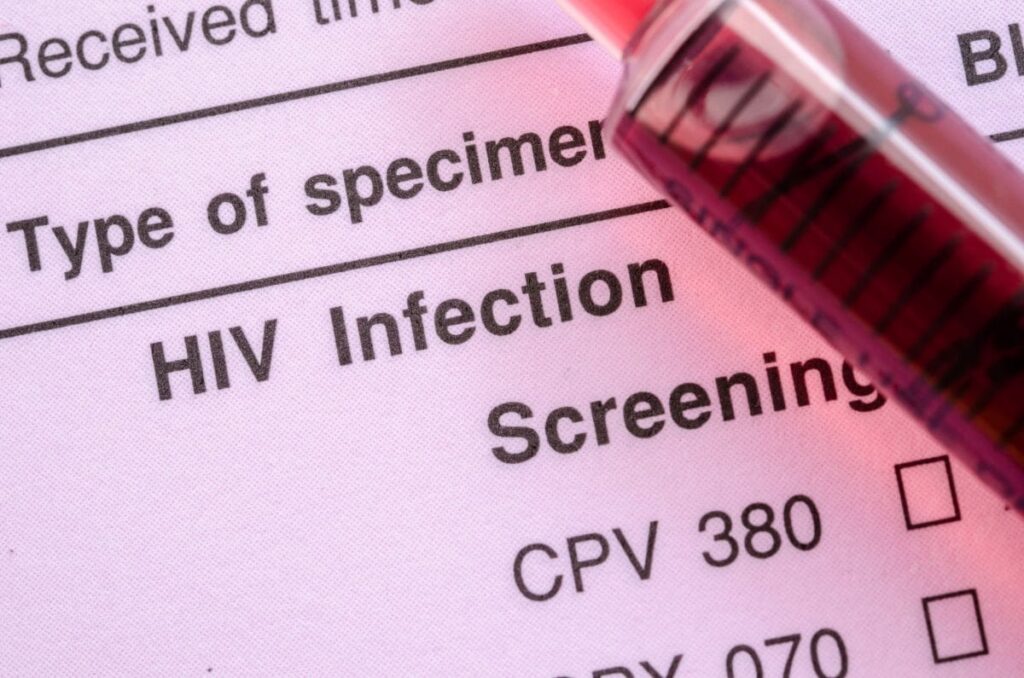HIV/AIDS has been a major issue since the epidemic began in the 1980s. To this day, the disease continues to be a significant challenge to public health across the globe. However, the tide may be turning.
 A study of the second HIV patient to undergo successful stem cell transplantation from donors with a HIV-resistant gene found that there was no active viral infection in the patient’s blood thirty months after they stopped anti-retroviral therapy, according to a case study report published in The Lancet HIV journal.
A study of the second HIV patient to undergo successful stem cell transplantation from donors with a HIV-resistant gene found that there was no active viral infection in the patient’s blood thirty months after they stopped anti-retroviral therapy, according to a case study report published in The Lancet HIV journal.
“We propose that these results represent the second ever case of a patient to be cured of HIV,” commented the study’s lead author, Professor Ravindra Kumar Gupta of the University of Cambridge in the UK. “Our findings show that the success of stem cell transplantation as a cure for HIV, first reported nine years ago in the Berlin patient, can be replicated.”
The study aimed to replicate work performed in 2011, in which another patient based in Berlin — the so-called ‘Berlin patient’ — was the first HIV patient to be reported cured of the virus three and half years after undergoing similar treatment. This treatment regimen included total body irradiation, two rounds of stem cell transplant from a donor who carried a gene (CCR5Δ32/Δ32) that is resistant to HIV, and a chemotherapy drug regimen.
Despite the success, Professor Gupta has urged caution. “It is important to note that this curative treatment is high-risk, and only used as a last resort for patients with HIV who also have life-threatening haematological malignancies,” he said. “Therefore, this is not a treatment that would be offered widely to patients with HIV who are on successful antiretroviral treatment.”
Along with being a high-risk treatment, optimism for this therapy must be tempered with caution. There remains HIV-1 DNA within the host’s system. While there is no active infection following treatment there remains so-called “fossils” of HIV remnants within the patient. These remnants have been referred to as fossils as the researchers believe they are unlikely to be able to cause a resurgence of the virus through renewed replication.
“The finding of no intact virus can be reassuring for a patient who might face significant anxiety and uncertainty about whether and when viral rebound off antiretroviral therapy (ART) might occur, which in other settings has been completely unpredictable,” wrote lead author Professor Sharon R Lewin, University of Melbourne, Australia, (who was not involved in the study) in a linked comment. “Given the large number of cells sampled here and the absence of any intact virus, is the London patient truly cured? The additional data provided in this follow up case report is certainly encouraging but unfortunately in the end, only time will tell.”
The treatment regimen was found to be less intrusive than that used in the Berlin patient, indicating that the process is experiencing a gradual refinement. In future, such a therapy — if tailored to create a far less risk-intensive therapy — could become the norm. It is however, important to realise that such a therapy is in its initial stages — having only been trialled on two individuals as of yet. As such, any potential widespread therapeutic use of the approach is likely relegated to the fairly distant future.
India is home to the world’s third-largest HIV epidemic, as such, the news comes as welcome news of potential future therapies. As of 2017, 2.1 million Indians were living with the virus. There were 88,000 new infections that year and 69,000 deaths due to the complications of AIDS.
As reported previously by Health Issues India, despite a high number of cases, progress in India is indeed being made. New HIV infections fell from 120,000 in 2010 to 88,000 in 2017; AIDS-related deaths decreased from 160,000 to 90,000; and there were 2.1 million people living with HIV in India 2017, compared to 2.3 million in 2010.
Nonetheless, India has a long way to go in ridding the country of HIV. While this treatment may not be a current option, there are other time-proven means of addressing the disease. Access to screening programmes and ART is a must if India wishes to make a notable impact.

